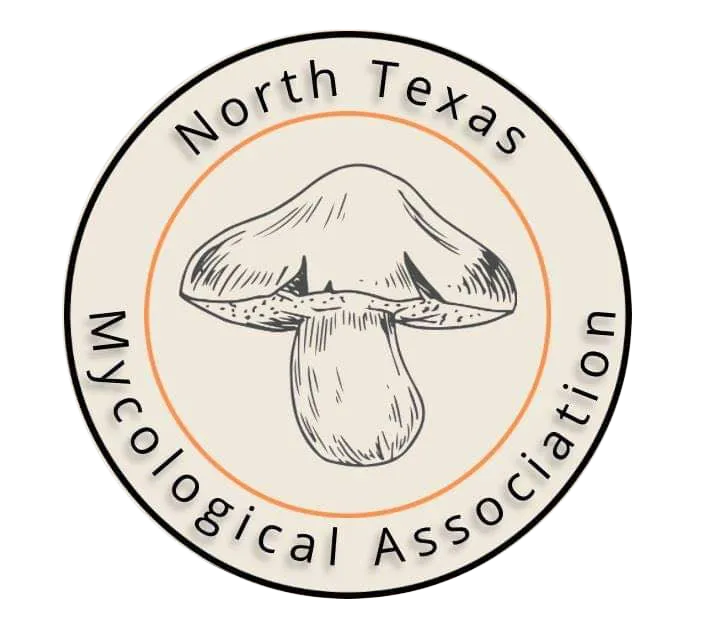
The Texas Star: The State Mushroom of Texas Chorioactis geaster
Aside from a love of whiskey and quality beef, what else do Texas and Japan have in common? Mushrooms.
The State Mushroom of Texas, actually. Chorioactis geaster, or the Texas Star mushroom–is one of the most unique and rare fungi in the world. This year it was declared the official mushroom of the state of Texas. At the moment, Texas is only the third state with an official mushroom, alongside Oregon (Cantharellus formosus) and Minnesota (Morchella escuelenta).
In Texas Chorioactis geaster fruits from October to April when cooler weather sets in and is known to grow on decayed cedar elm trees, Ulmus crassifolia. When it initially emerges, it resembles a black football standing on end and grows up to four inches long. When mature, the fruiting body peels open from the top in a distinct star pattern and releases an audible hiss as increasing osmotic pressures build up just prior to bursting its spores in a sudden cloud of smoke. This “split-release” hissing sound only occurs in 15 species worldwide. The color, shape, and spooky hiss explains why it is also known as the devil’s cigar.
The Texas Star, or Kirinomitake as it is known in Japan, grows in only two places in the world; north Texas and southern Japan. This disjunct distribution is highly unusual and suggests that at some point in geologic history, the two species inhabited the same area–regardless of their current geographical isolation.
The Texas Star has been found from north of Austin and east and even recently in Choctaw County in Oklahoma in 2017, the first discovery of the species outside of Texas or Japan. It is saprobic, meaning it feeds on dead or decaying matter, particularly heavily decayed cedar elm stumps in Texas and a species of dead oak, Quercus gilva in Japan. Genetic studies have shown that they were last geographically separated 19 million years ago and because of this, there are slight differences between the species. For instance, the Japanese variety can be cultured, while the Texan variety has yet bucked the petri dish. Moreover, the Texan variety tends to thrive in sandy soils with periodic flooding, while the Japanese variety prefers drier conditions.
These fascinating and primordial fungi are considered rare globally, but locally they may be abundant. Especially in riparian zones along the Trinity River. What better candidate for a state mushroom than this peculiar and rare specimen? The size and shape of the Texas Star mushroom alone represent Texas, but its uniqueness and geographical exclusivity make it all the more so. Welcome home Chorioactis geaster, welcome home.
References
K.C. Rudy, Harold W. Keller. The rare and fascinating Devil’s Cigar, Chorioactis geaster.
Peterson KR, Bell CD, Kurogi S, Pfister DH (2004). “Phylogeny and biogeography of Chorioactis geaster (Pezizales, Ascomycota) inferred from nuclear ribosomal DNA sequences”. Harvard Papers in Botany. 8 (2): 141–52.
Nagao H, Kurogi S, Kiyota E, Sasatomi K (2009). “Kumanasamuha geaster sp. nov., an anamorph of Chorioactis geaster from Japan”. Mycologia. 101 (6): 871–77. doi:10.3852/08-121. PMID 19927753. S2CID 27704164.
Springhetti, Jim (October 18, 2008). “Chanterelles pop up, the perfect quarry”. The Oregonian. Advance Publications. Retrieved June 13, 2009.
Ovrebo, Clark; Brandon, Sheila (2017). “First Record of Chorioactis geaster from Oklahoma”. Oklahoma Native Plant Record. 17: 69–71. doi:10.22488/okstate.18.100007. ISSN 1536-7738.
